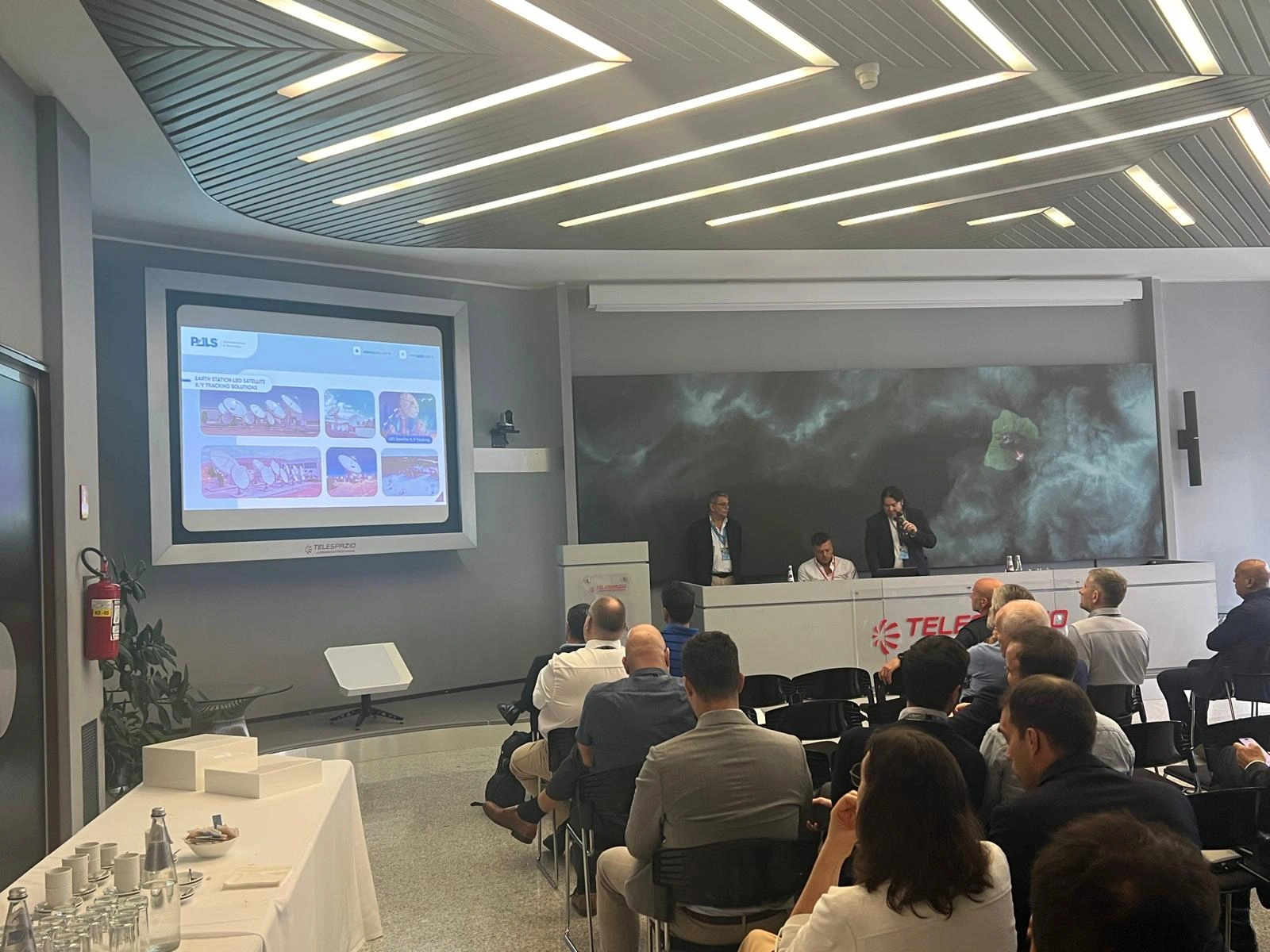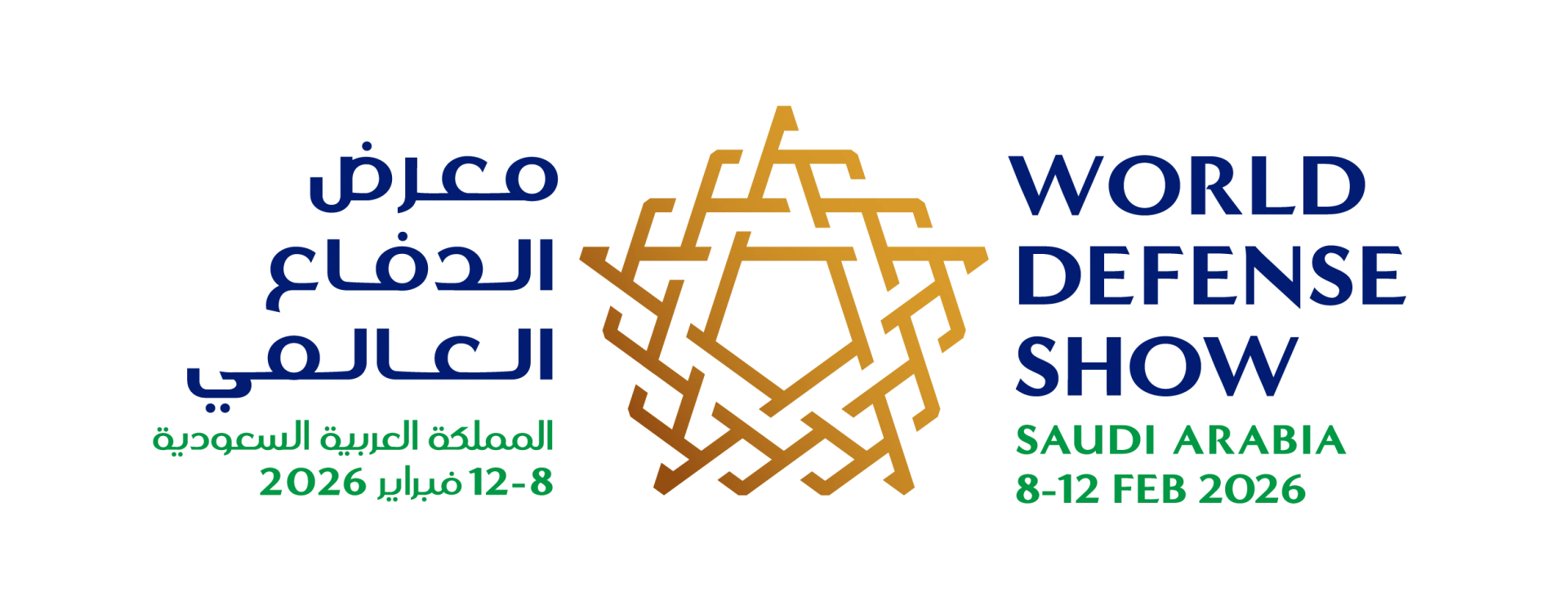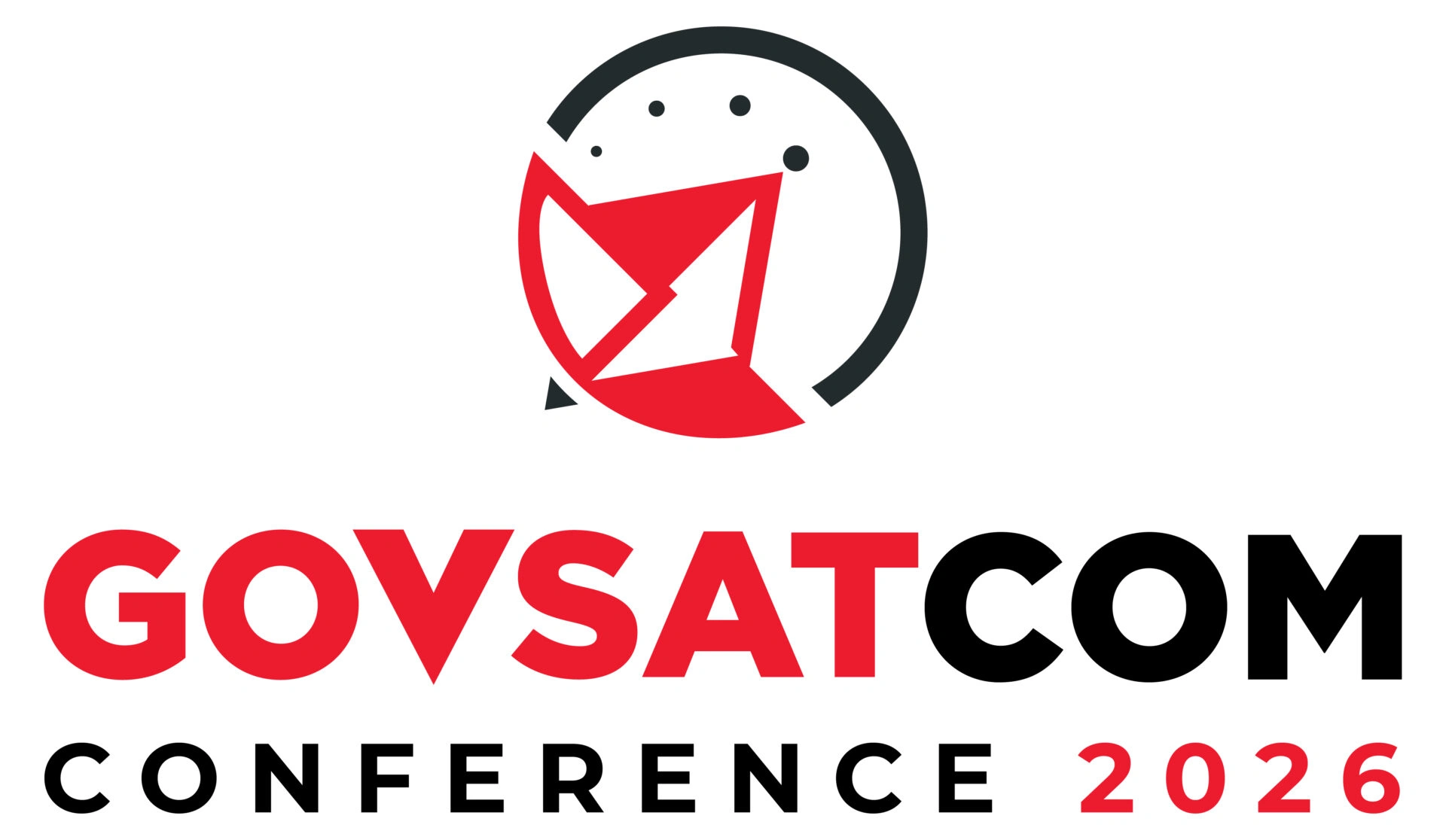
PALS Demonstrates Portable SATCOM Solutions at the 26th EU SatCom Market JPA Meeting Hosted by Telespazio
FUCINO, Italy – 10-09-2025– PALS participated in the 26th EU SatCom Market Joint Procurement Arrangement Meeting Group (JPA MG), hosted by Telespazio ...

PALS Introduces Its New Website: Advanced Satellite Antennas & Integrated Network Solutions
Istanbul, Turkey – PALS, a premier satellite antenna manufacturer and unified network system integrator, proudly announces the launch of its new corpo...

PALS Showcases Cutting-Edge Satellite and COFDM Solutions at World Defense Show 2024 in Riyadh
PALS is a leading manufacturer of satellite antenna systems and communication products and a turnkey systems integrator, is set to make a significant ...

Advancing Broadcast Technology
SUCCESSFUL COMPLETION OF DVT2 TERRESTRIAL SITE PROJECT PAVES THE WAY FOR 2ND GENERATION DIGITAL TERRESTRIAL BROADCASTING IN CYPRUS FOR EUROPEAN UNION
...

Strengthening Connectivity
TURKSAT TELEPORT PROJECT ACHIEVES GEOGRAPHIC REDUNDANCY FOR UNINTERRUPTED BROADCASTING
In a significant stride towards fortifying communication in...

WHAT ARE MTBF, AND MTTR HOW TO APPLY THEM?
We will be elaborating Mean Time Between Failure and Mean Time to Repair in this article. We will be examining their effects on Reliability, Availabil...
1
2
3
4
5
6
7
8
9
10

